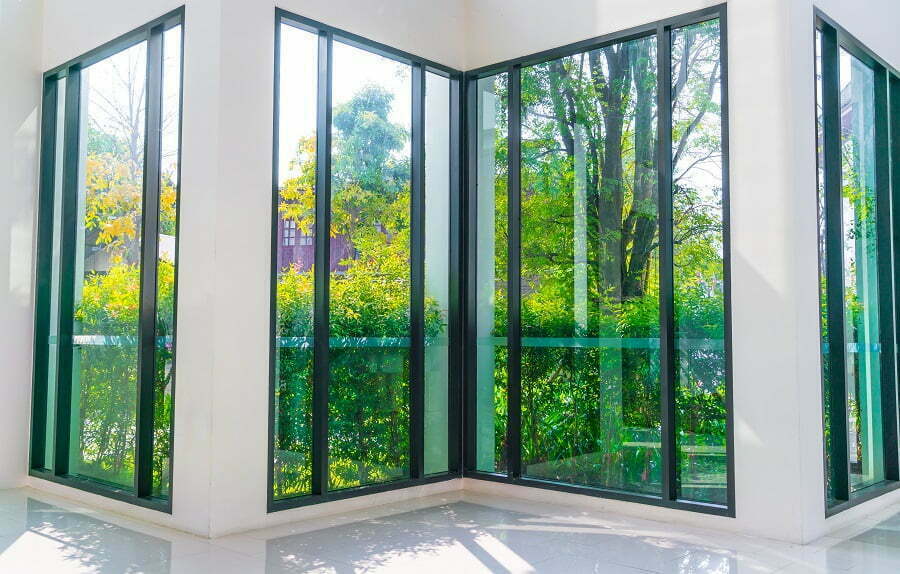Last updated on
It’s no secret that the weather is changing. The increased intensity and frequency of storms is causing havoc for people, businesses, and municipalities worldwide. To mitigate the damage caused by these storms, it’s essential to have a good stormwater management plan.
Let’s discuss the purpose of stormwater management and how it can help reduce the impact of storms on our communities. Let’s get started.
What Is Stormwater Management?

Stormwater management is the process of managing the runoff from rain and snow events. This includes collecting, conveying, treating, and discharging stormwater. There are different stormwater management solutions for every situation, and it’s essential to choose the right one for your community. This process aims to reduce the negative impacts of storms on people, property, and the environment.
Stormwater management is increasingly becoming important as the frequency and intensity of storms increase. Due to climatic changes, we see more frequent and intense storms. This can cause a lot of damage to people, businesses, and the environment. That’s where stormwater management comes in. By implementing a good stormwater management plan, you can reduce the impact of these storms on your community.
How Does Stormwater Management Work?
Stormwater management works by collecting and conveying the runoff from rain and snow events. This runoff can contain a variety of pollutants, such as sediment, debris, chemicals, and nutrients. By collecting and treating this runoff, we can reduce the number of contaminants that enter our waterways. This is important because it protects our water resources and helps maintain their quality.
Stormwater management also helps protect people and property. When stormwater enters our waterways, it can cause flooding and erosion. This can damage homes and businesses, as well as public infrastructure. By treating the stormwater runoff, we can reduce the risk of flooding and erosion in our communities.
How to Preserve Water Quality During Stormwater Runoff
Stormwater runoff occurs when rain falls on impervious surfaces, such as rooftops, roads, and parking lots, and cannot be absorbed into the ground. Instead, it flows over these surfaces and collects pollutants such as oil, chemicals, sediment, and debris. This polluted water then travels through storm drains and into our local waterways without any treatment.
The purpose of stormwater management is to reduce the amount of pollution in stormwater runoff and protect water quality. By implementing various strategies, we can minimize the harmful effects of stormwater runoff on our environment and communities. Also, if you are already considering implementing a stormwater management plan, you can hire wells, pumps, drilling, or septic services such as well drilling in Indiana and start preparing on time. By doing so, you can help preserve water quality during stormwater runoff in your area.
Why Is Stormwater Management Important?
There are various reasons why stormwater management is essential. Here are some of the most important ones.
Maintains Natural Hydrologic Cycle
The natural hydrologic cycle is how water moves around the Earth. It is a necessary process that helps regulate our climate and freshwater resources. Without this cycle, our climate would be very different, and we would not have as much fresh water available.
Stormwater management helps maintain the natural hydrologic cycle by collecting and conveying runoff. By doing this, we can reduce the amount of pollutants that enter our waterways. This is important because it helps protect our environment and water resources.
Reduces Flooding and Erosion
Stormwater management also helps reduce the risk of flooding and erosion in our communities. When stormwater enters our waterways, it can cause flooding and erosion. This can damage homes and businesses, as well as public infrastructure. Stormwater management helps reduce this risk by treating the stormwater runoff.
Protects People and Property
Stormwater management protects people and property by reducing the negative impacts of storms. Stormwater can damage buildings, homes, and businesses. It can also cause flooding and erosion. There are times this situation has caused death. Stormwater management helps to reduce these risks and ensure that lives and properties are saved from this hazard.
Reduces Costs
You might be wondering if stormwater comes with costs. The answer is yes, it does. These costs are usually borne by the municipality, businesses, and homeowners. However, there are ways to reduce these costs. One way is through stormwater management. Stormwater management can help reduce the amount of flooding and erosion in a community. This can lead to savings for the municipality, businesses, and homeowners.
Protects the Water Quality
The water we use in homes, businesses, and industries become polluted with time. It is important to check if your water is safe. The pollutants in the water can cause various health problems for people and animals. A rising number of waterborne diseases are reported each year, including the Zika virus. Stormwater management can help reduce the number of pollutants that enter our waterways. This is important because it protects public health and maintains our water resources quality.
Types of Stormwater Solutions
As highlighted above, there are many reasons why stormwater management is essential. Municipalities, businesses, and homeowners need to find ways to reduce the amount of stormwater runoff that enters our waterways. One way to do this is through the use of stormwater solutions.
There are various types of stormwater solutions that can be used, including detention basins, retention ponds, green infrastructure, and gray infrastructure. Each of these solutions has its benefits and drawbacks.
- Detention ponds are a type of gray infrastructure used to collect and detain stormwater runoff. This water is then released slowly over time, which helps reduce the amount of flooding and erosion. Detention ponds are usually used in urban areas with many impervious surfaces.
- Retention ponds are a type of green infrastructure used to collect and store stormwater runoff. This water is then used to irrigate the surrounding landscape. Retention ponds are usually used in suburban and rural areas with a lot of vegetation.
- Green infrastructure is a type of stormwater management that uses plants and soils to manage rainwater. Green infrastructure can be used in both urban and rural areas. It helps reduce the amount of stormwater runoff that enters our waterways.
- Gray infrastructure is a type of stormwater management that uses pipes and tanks to manage rainwater. This type of infrastructure is usually used in urban areas. It helps reduce the amount of stormwater runoff that enters our waterways.
Each of these types of stormwater solutions has its benefits and drawbacks. Municipalities, businesses, and homeowners need to find the right solution for their community.
Also, as an individual, you can help reduce the amount of stormwater runoff that enters our waterways. You can do a few things, including installing rain barrels, planting trees, and creating rain gardens. You can also prevent water pollution by properly disposing of hazardous materials and reducing the amount of fertilizer you use. When you adopt these methods, you help protect our waterways and improve your community’s quality of life.
Stormwater management is essential for municipalities, businesses, and homeowners. It helps reduce the amount of flooding and erosion in a community. It also protects public health and maintains the quality of our water resources. Municipalities, businesses, and homeowners need to find ways to reduce the amount of stormwater runoff that enters our waterways. It is essential to adopt a stormwater solution that fits the needs of your community. You can also help reduce the amount of stormwater runoff by adopting these methods in your own home.
Liked reading this? Here’s more:
Recap:



